South Park’s Actual Spin-Off Hotline Is Culmination Of A Brilliant Joke
After 23 seasons and more than 300 episodes, it’s not surprising to get a little bored and crave for something new. South Park is no stranger to innovation and over the course of its two decade-plus run, the series has demonstrated creativity in ambitious ways, whether it was a feature film, atypical Charles Dickens adaptations, musical extravaganzas (Fighting Frizzies at 11, y’all), or episodes that center around “non-characters” such as lice or Oprah’s nether region. South Park remains notorious for their “ripped from the headlines” level of satirical storytelling, but even the show’s latest seasons have experimented in big ways, like an embrace towards serialization.
South Park’s latest season has arguably been its most experimental yet. “Tegridy Farms,” this season’s premiere, didn’t just focus on Randy and his family, independent of South Park, but it came with its own theme song and commercial bumpers. This wasn’t just some episodic digression; it’s an entirely new entity. “Tegridy Farms” dominated six episodes—more than half—of South Park’s season. Curiously, post-“Tegridy Farms,” South Park does not return to its normally scheduled programming. Each episode that follows, whether it’s “One For the Ladies,” “PC Babies,” or “The Scott Malkinson Show,” is instead a new potential South Park spin-off series.
It’s at this point that the full scope of this season becomes clear. The entire season is actually meant to operate as a spin-off showcase for South Park. “Basic Cable” makes this message explicit when all of South Park’s various spin-offs begin to bleed together once the community’s access to streaming television is compromised. As the episode goes out on a cliffhanger, it’s hypothetically possible that the ensuing finale will begin as a spin-off, not South Park, until streaming capabilities are restored.
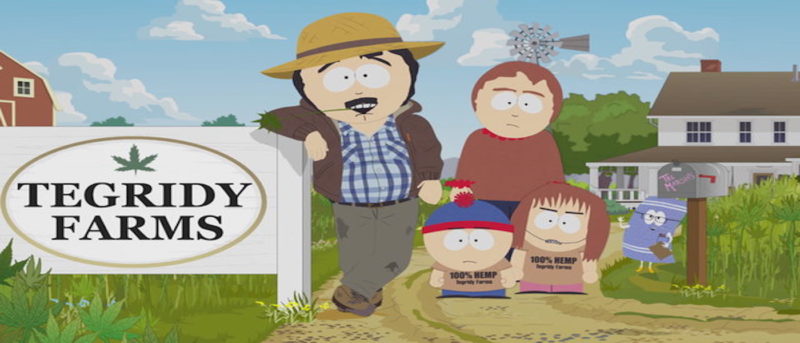
This is a rather brilliant structure for a series that has such a rich and extensive cast of characters as South Park does. Accordingly, someone like Scott Malkinson may have little appeal in South Park’s usual context, but the character gains new life when he’s made the focal point and his point of view helps turn the show into a farce. South Park has even been playing around with this idea since their fifth season in “Butters’ Very Own Episode” (or you could even look to season two’s Terrence and Phillip entry). It’s the exact same concept and that episode wouldn’t be out of place in this season of South Park. They just take that idea and then go even further with it. Shows like The Simpsons, Family Guy, and Futurama have played around with this spin-off showcase premise before, but only for solo outings. What makes South Park’s take particularly effective is that it grows over the course of an entire season until it literally collapses in on itself.
What’s also interesting about all of this is that all of these spin-offs are introduced as jokes, but for all intents and purposes they do function as real spin-offs. As a result, South Park even receives free helpful user data from this experiment. If viewers overwhelmingly loved “The Scott Malkinson Show,” then perhaps they’ll revisit it in a future season. At the same time, if South Park ever wants to pull a “Terrence and Phillip in Not Without My Anus” level April Fool’s joke again, they could also plug in an episode of “One For the Ladies” to intentionally frustrate the audience during a grueling two-parter.
The big question then becomes why this season of South Park chose such a structure. When looking at the current state of television, the answer becomes pretty obvious. There is suddenly a severe wealth of streaming platforms and content overload that is starting to overwhelm the public. South Park decides to intelligently tackle this topic, but in a reflexive way that takes its time to reveal its full scope.
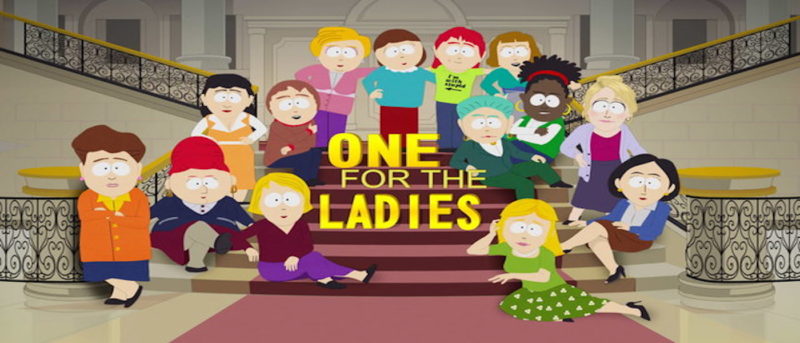
It’s also no coincidence that this approach hits South Park when the series’ very own streaming rights recently went up in a giant bidding war. South Park pulls from its own experience here and takes this outlandish premise to new meta heights. “Basic Cable” “completes” the joke for when the episode ends with a phone number to call if you’re interested in buying the streaming rights to “The Scott Malkinson Show.” It’s a funny gag, but the phone number listed is an actual Colorado number that will connect you to a voice recording of Trey Parker.
Connecting with (719) 838-4002 will loop you in with Trey’s hotline regarding sales for the streaming rights of all of the potential South Park spin-offs. His helpful recording guides you through the possible options, “Tegridy Farms,” “The Scott Malkinson Show,” “PC Babies,” “One For the Ladies,” and “The Queef Sisters.” Inquiring over each series will result in a brief elevator pitch for the spin-off being provided, as well as the cost. Each series ranges from $200 million to $450 million for a few years of streaming rights. However, bargain shoppers should take note that Canada’s export, “The Queef Sisters,” is only a couple hundred dollars and available for a much longer window, likely a jab at the inferior quality of Canada’s content. Finally, there’s also an option to “Talk to Santa” on the phone line, which results in his own spin-off pitch for Netflix, “Santa’s Bonfire.” Even denominational figureheads are getting involved here (sorry, Mr. Hankey).
Unfortunately, Trey’s phone line contains no option to make a bid on the potential “Crab People” series. Obviously this means that HBOMax is already hard at work to make this a reality. Otherwise, they must just hate money.


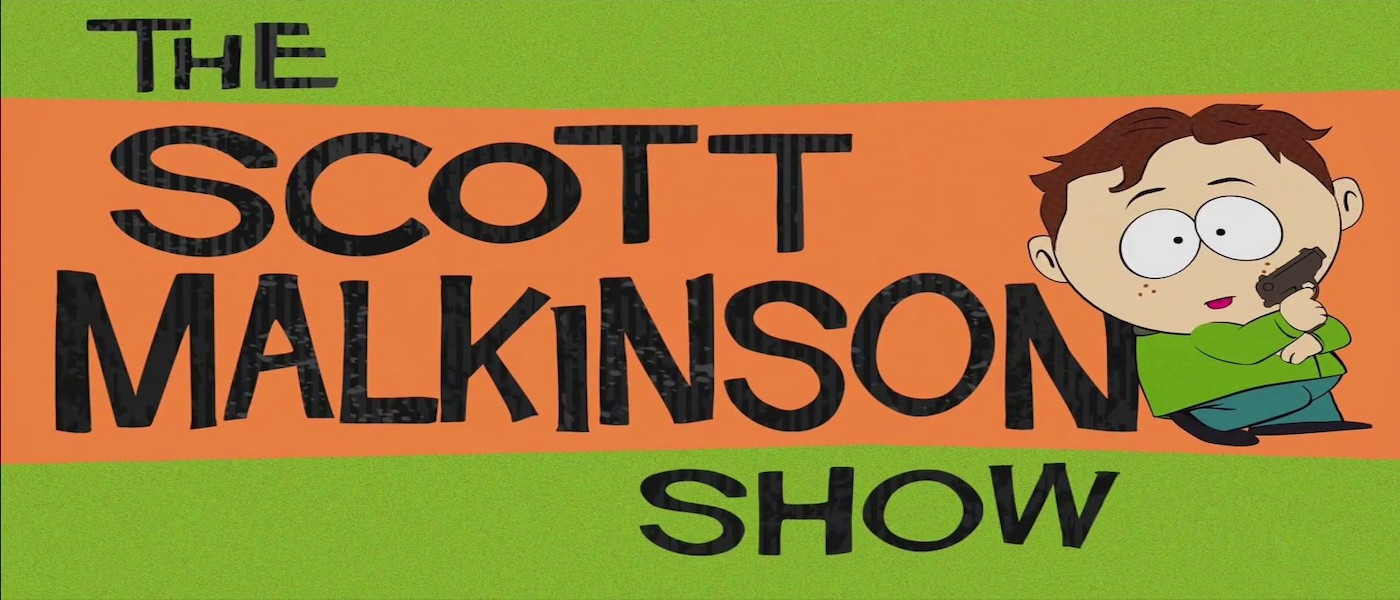
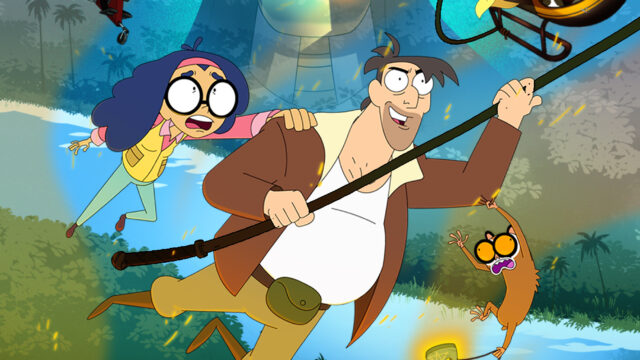
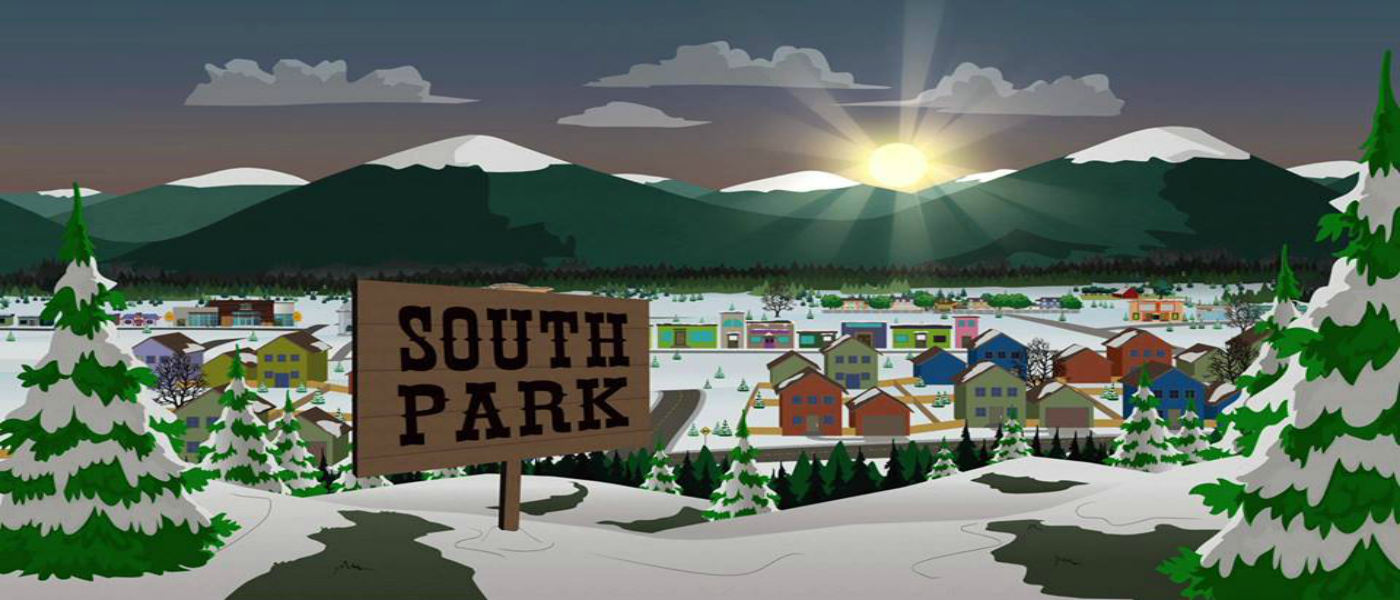
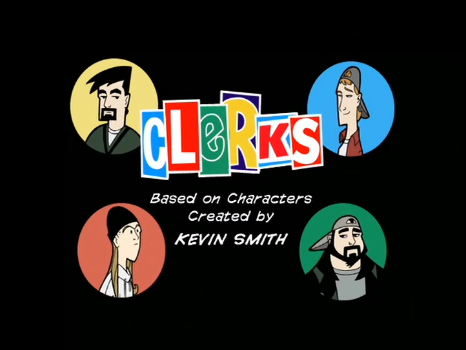











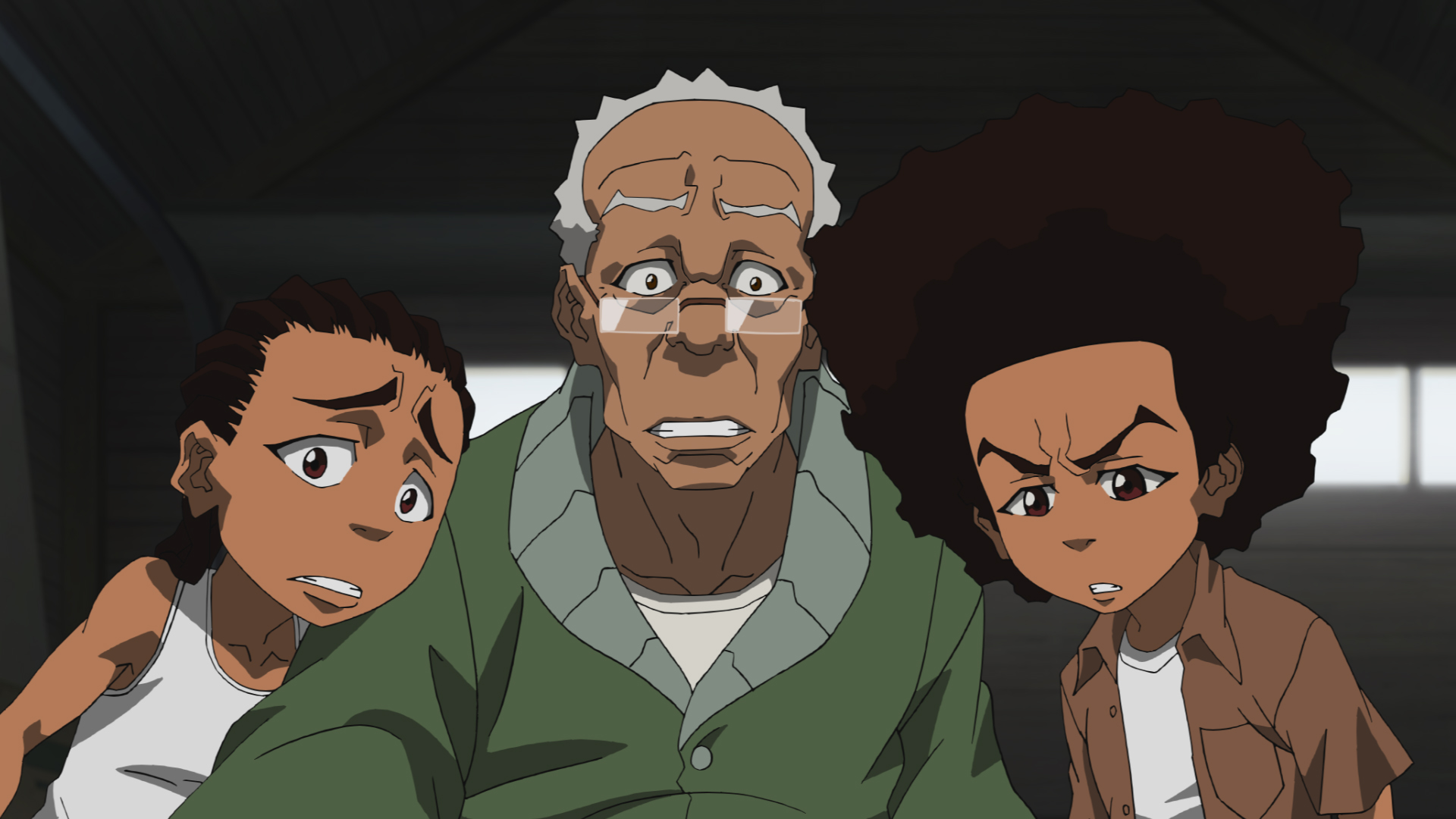






"There are also other characters that come and go (also owned by the Warner Bros. Discovery conglomerate media company)."
Huh. Is that just referring to other characters from the show itself, or is this implying that the new season is going to have cameos from other WBD IPs